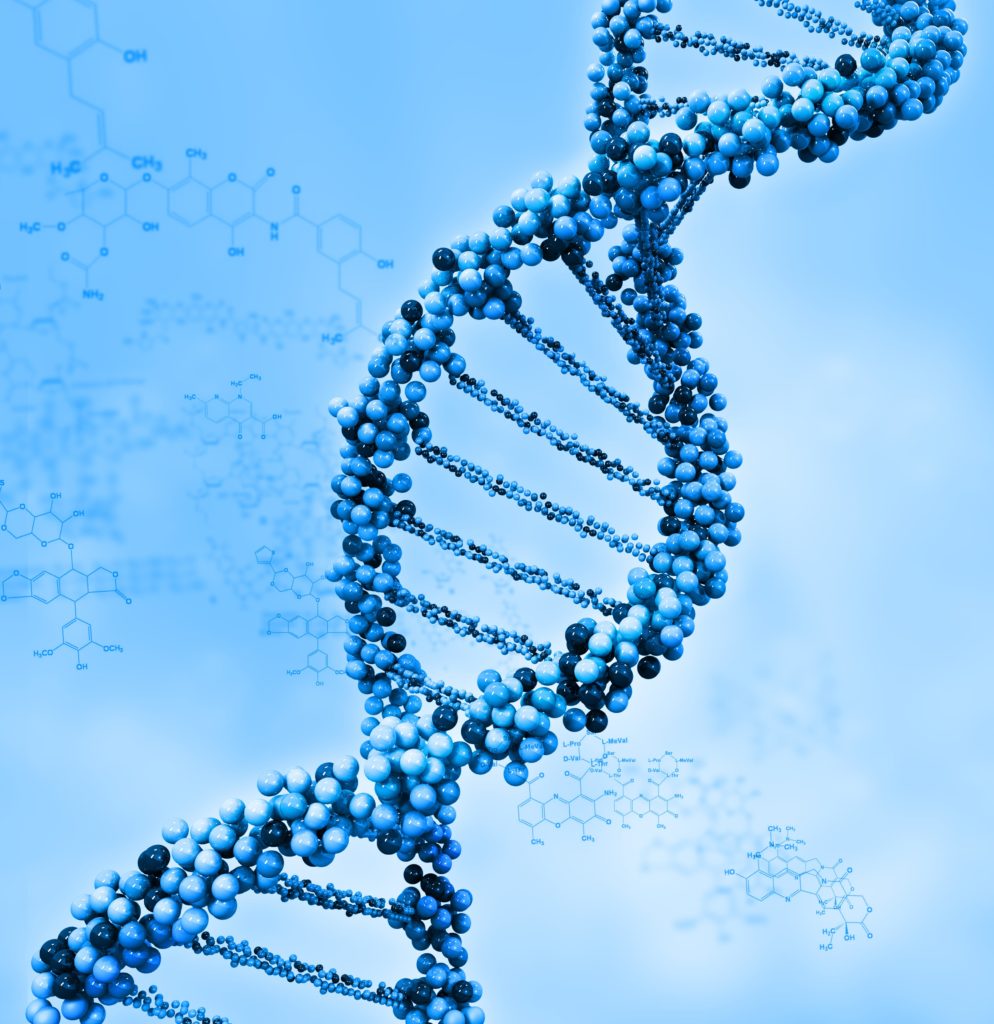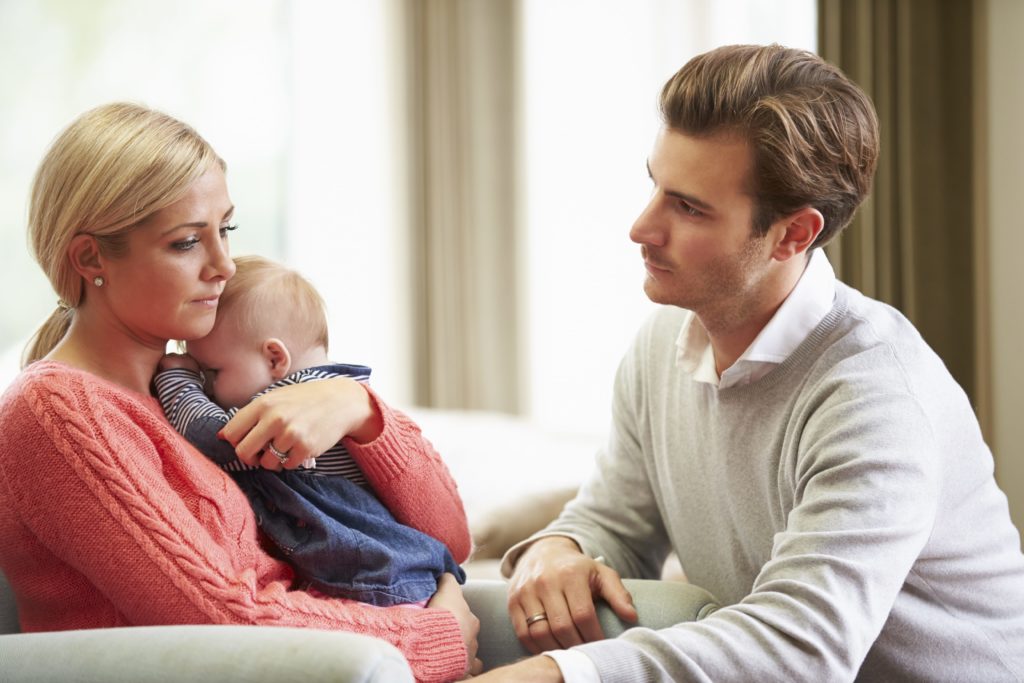Among young people ages 15 to 24, suicide is the third-leading cause of death, and among young people of the same age group who identify as lesbian, gay, bisexual, and transgender (LGBT), the number of suicides is reported to be five times higher than among their heterosexual counterparts. According to a study reported in the American Journal of Public Health, 6 percent of LGBT youth attempted suicide in 2010. These numbers are alarming, especially when suicide as a cause of death is considered to be preventable. When researchers examine the incidence of suicide among LGBT youth, further questions for study arise. Are LGBT youth predisposed to suicidality because of inherent mental health issues pertaining to homosexuality, bisexuality, or transgender nature? Or does being LGBT make one vulnerable to difficult social conditions such as discrimination, persecution, and lack of acceptance by family members, school peers and co-workers, and do these social conditions create the mental health challenges that lead to suicidality? There are those who stand on each side of the aisle where potential answers to these questions are concerned, but what is becoming more clear as researchers engage in further study is that certain myths regarding LGBT people have been perpetuated as social truth, and these myths have not only been wrong, but harmful in the lives of LGBT people of all ages.
Deconstructing the Myths about LGBT People
Myth #1 – Being LGBT is a Choice To get at the central fallacy of this socially constructed myth, ask yourself or your closest heterosexual friend, “At what point did I/you chose to be straight?” There is a growing body of evidence that same-sex attraction is at least in part genetically or biologically based. Studies of identical twins relative to fraternal twins reveal that identical twins are statistically more likely to both be homosexual than are fraternal twins (whether the twins were raised together or not), thereby suggesting a biological link. This biological link may not be solely a gene-based trait, or could occur as hormones are passed to the fetus in utero. Other studies examining physiological differences between homosexuals and heterosexuals have yielded some interesting results. One Swedish study reported that the brains of homosexual men and women tended to look like the brains of heterosexuals of the opposite sex. Other studies report inner ear differences in homosexual and bisexual women relative to homosexual women, a tendency toward a rare counter-clockwise hair whorl in the crown of the heads of homosexual men, and even studies revealing finger length in relationship to sexual orientation. Myth #2 – Homosexuality Is Not Natural After one semester of Animal Behavior in college, you will have ditched this myth along with several others—such as the idea that only humans and primates use tools; so do birds! Homosexuality may not be the most dominant form of mating relationship in the animal kingdom, but the world is filled with animals who exhibit it. Dolphins, gray whales, killer whales, West Indian manatees, bighorn sheep and giraffe are just some of the animals observed to regularly exhibit homosexual behavior in the wild. Male penguins court each other and build a nest together. Our closest relatives in the animal kingdom, the bonobos, exhibit bisexual behaviors in both sexes. Frequent homosexual and heterosexual sexual behavior among all group members appears to be important in diffusing tension and aggression and increasing group cohesion. Myth #3 – Most Pedophiles are Gay Researcher Douglas Pryor, in his 1999 book, Unspeakable Acts: Why Men Sexually Abuse Children, disclosed a large body of evidence revealing that the majority of pedophiles are heterosexual men—simply a sample of the larger microcosm. He further cited many other studies including the 1989 study led by Kurt Freund in which homosexual men were shown to be no more likely to become aroused by images of children than heterosexual men. This particularly harmful myth has been used repeatedly, however, to bar parents from participation in their children’s organizations, to fire teachers on the rumor or suspicion of homosexuality and to defame the characters of otherwise ordinary citizens. Myth #4 – Having Gay Parents is Psychologically Damaging Many individuals believe that gay marriage is harmful to the institution of marriage as a whole and cite the cultural concept that marriage is predominantly an institution created for raising families, where children need a mother and a father in order to be healthy. This thinking is faulty, however, as studies have repeatedly shown. Children do just fine whether they are raised by heterosexual parents or LGBT ones. “The family type that is best for children is one that has responsible, committed, stable parenting,” said study researcher Judith Stacey of New York University.
The Harm of Invisibility and Negative Social Attitudes
In the academic scholarship of queer theory, the notion of invisibility arises. Invisibility in this context is when the nature of a person’s minority status is not immediately clear to others, further complicating the negative impact of that minority status for the individual. An example of this can be seen in the story of Christen, who knew for most of her adolescence and even before then that she was “not like other girls,” but whose sexual orientation (Christen is lesbian) was missed by others around her. Due to this, she was subjected to negative commentary about LGBT people, the harmful attitudes of family and peers, and to homophobic jokes as if she were not a member of the class these attitudes and jokes were targeting. These beliefs and values negatively shaped how Christen saw herself growing up and may have played an inordinate role in the depression she felt as a teen and young adult. Christen experienced suicidality in college and came out of it, she says, as a result of a therapist who helped her to see that being gay did not mean she was “defective.” Despite growing cultural awareness around LGBT people and attitudes that appear to be shifting in the direction of acceptance, not just tolerance, there remains tremendous pressure on teens and young adults to adhere to heteronormative constructs. (Heteronormativity is the cultural bias in favor of opposite-sex sexual relationships, and against those of a same-sex nature.) Social stigma against homosexuality, particularly male homosexuality—and especially against minority male homosexuality—remains largely in place. And the greatest stigma of all, contributing not only to depression and suicides, but to incidents of bashing and even homicide, is the stigma against people who are transgender or transsexual. To imagine unwell individuals as silos independent of their families, societies and larger cultures is a particularly Western notion and one which is slowly changing. Modern medicine recognizes the impact of stress and environment on the physiology of the human; the psyche of a person is impacted by no fewer levels of social or physical concern. “Conversion therapy” and the idea that homosexuality can be cured has long since been debunked by science and banned for use by the American Psychological Assn. Still, it remains that in order to help young LGBT people become well from depression and suicide—both problems with degrees of prevention attached—the focus should remain not merely on persons, but on families, societies and culture.






